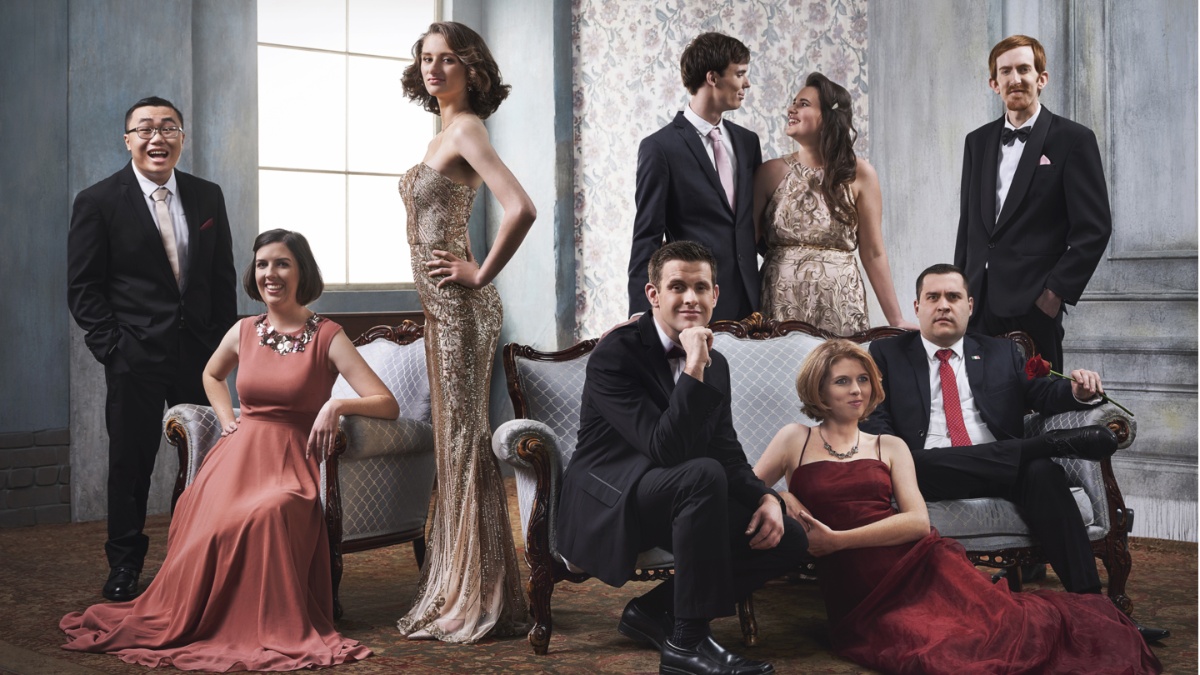The Authenticity of ‘Love on the Spectrum’ Is the Driving Force of the Series

In a time when our screens are inundated with crappy dating reality show after crappy dating reality show, it isn’t hard to become jaded by all the insincerity and superficiality of it all. Though it may seem like true love is lost in this maelstrom, one series proves that reality love show can be authentic, and that’s Love on the Spectrum.
What’s the show about?
The Emmy-award-winning show, which began in Australia, looks at what dating is like for those with autism. The show follows these autistic individuals with their family, friends, and coaches supporting their journeys along the way. Director and co-creator Cian O’Clery came up with the idea for this show after working on Employable Me, a docuseries that followed individuals with physical or neurological disabilities as they tried to find jobs.
Love on the Spectrum shows people what it looks like to enter the world of dating as someone with autism and is dedicated to representing the authentic experiences of autistic and neurodivergent individuals as they navigate the dating scene. The show goes above simply observing the participants, actively finding ways for them to connect with others by arranging dating events while showcasing how few resources there are for autistic individuals when it comes to dating.
The show began on Northern Pictures for ABC and was then brought to a wider, more global market when it was bought by Netflix. Following its success, Netflix took the concept to America in 2022 with a new cast based in California.
Improving the lives of its participants
The show has proven to have had a positive impact on its cast, with those who had already started on the show as a couple, such as Ruth and Thomas and Jimmy and Sharnae, now married, while others have now found themselves in relationships. One notable figure is Abbey Romeo, 24, who appeared in the first American season, where she met her romantic partner, David. Both Abby and David return for season 2, during which they visit Africa and go on a safari so they can see their favorite animal, the lion, out in the wild.
Discussing her own autistic characteristics and what she wishes people understood about her, Abbey told Variety:
I want them to understand the kind of autism I have, which is called communication disorder. Sometimes, it’s very hard to get my words out, but I’m doing very well. I have a lot more language now that I’m an adult, and I’ve done the work. That’s why I’ve always wanted to be a grown woman, because I knew I’d have more language.
Since airing, Love on the Spectrum has been inundated with messages from people who feel represented as well as by those close to autistic individuals, such as family members, who can see more possibilities for their loved ones. On the responses to the show, O’Clery says, “People love the show because they feel it’s respectful, honest and truthful. We get many emails from people desperate to be part of it. They’ve never been on a date, and want to meet someone. It’s sad that we can’t help everyone.”
Autistic representation in media
Autism is still a topic that is often misunderstood and not well-represented in media. Autistic characters are frequently poorly handled by Western media, who either present them as having savant syndrome (tendencies that only between 0.5% to 10% of people with autism have), with shows such as The Good Doctor and films like Rain Man pushing this stereotype; or they mishandle the characteristics of autism, such as in Sia’s much-maligned and controversial film Music.
Though some may believe the savant trope shows a positive view of autism, it also serves to reinforce a standard that autistic people may feel they need to live up to; others may assume that, just because a person has autism, they are also a genius. It also perpetuates the idea that autistic people must prove themselves useful to be granted the same respect as anyone else. Another major representation issue is that women with autism are still severely underrepresented with shows focusing on male autistic characters instead.
In recent years this has begun to change, with autistic or neurodivergent characters becoming much more visibly represented on screen. Shows like Love on the Spectrum show real autistic individuals and their daily lives, challenges, and triumphs. With more accurate and more prevalent visibility comes a better understanding of the topic.
In the case of Love on the Spectrum, yes, the show is authentic. The main cast are real people living with autism and viewers get insight into their lives and what love looks like when you have autism. It delves into what love looks like full stop; no matter if you are neurodivergent or not, love is one of the most important factors of our lives, and seeing people navigate the ups and downs of it in a very real, unscripted way has brought in masses of fans for the series.
The second season of Love on the Spectrum US is now available to watch on Netflix.
(featured image: Netflix)
Have a tip we should know? tips@themarysue.com